Fundamentals Of Humidity Measurement
Categories: Engineering Lab EquipmentThe measurement of air humidity plays an important role in many branches of industry, e.g. during drying or in the air conditioning of buildings and vehicles. There are different measuring methods to...
Product
Description
The measurement of air humidity plays an important role in
many branches of industry, e.g. during drying or in the air conditioning of
buildings and vehicles. There are different measuring methods to determine
humidity. The trainer enables the measurement of air humidity with four
different instruments which can be directly compared to each other: two
different hygrometers, a capacitive hygrometer and a psychrometer.
Psychrometers operate based on the principle of evaporation cooling and compare
the ambient temperature with the wet bulb temperature to determine the
humidity. Hygrometers utilise the property of specific fibres, e.g. hair, to
expand with increasing air humidity. In the capacitive sensor the dielectricity
constant of a layer and with it its capacity changes due to the water molecules
absorbed.
Learning Objectives/Experiments
Measuring methods for air humidity measurement
Psychrometric humidity measurement
Hygrometric humidity measurement
Capacitive humidity measurement
Characteristic variables to describe air humidity
Changes of the state of humid air in the h-x diagram
Determination of the relative air humidity with
Psychrometer
Hair hygrometer
Hygrometer with synthetic fibre
Capacitive humidity sensor
Design and operation of the instruments
Comparison of the instruments
Specification
Different measuring methods for measuring humidity
Climatic chamber with adjustable humidity and transparent
door
Humidification via ultrasonic atomiser
Dehumidification via Peltier cooling element
Fan for air recirculation
2 mechanical instruments: psychrometer, hair hygrometer
2 electronic instruments: capacitive sensor, hygrometer with
synthetic fibre and combined temperature sensor
Technical Data
Humidifier
ultrasonic atomiser
power consumption: 21,6W
low water cut-off
Dehumidifier
Peltier element
cooling capacity: 56,6W (50°C ambient temperature)
cooling surface: 1600mm2
Hair hygrometer with deflective needle
measuring range: 0…100% r. h.
Hygrometer with synthetic fibre
output voltage: 0…10V
measuring ranges: 0…100% r. h. / -30…80°C
Capacitive sensor with digital display
output voltage: 0…10V
measuring range: 1…100% r. h.
Psychrometer with thermometer
measuring range: -10…60°C, graduation: 0,5°C
230V, 50Hz, 1 phase
120V, 60Hz, 1 phase; 230V, 60Hz, 1 phase
UL/CSA optional
LxWxH: 1400x800x1630mm
Weight: approx. 110kg
quick overview :
The measurement of air humidity plays an important role in
many branches of industry, e.g. during drying or in the air conditioning of
buildings and vehicles. There are different measuring methods to determine
humidity. The trainer enables the measurement of air humidity with four
different instruments which can be directly compared to each other: two
different hygrometers, a capacitive hygrometer and a psychrometer.
Psychrometers operate based on the principle of evaporation cooling and compare
the ambient temperature with the wet bulb temperature to determine the
humidity. Hygrometers utilise the property of specific fibres, e.g. hair, to
expand with increasing air humidity. In the capacitive sensor the dielectricity
constant of a layer and with it its capacity changes due to the water molecules
absorbed.
Learning Objectives/Experiments
Measuring methods for air humidity measurement
Psychrometric humidity measurement
Hygrometric humidity measurement
Capacitive humidity measurement
Characteristic variables to describe air humidity
Changes of the state of humid air in the h-x diagram
Determination of the relative air humidity with
Psychrometer
Hair hygrometer
Hygrometer with synthetic fibre
Capacitive humidity sensor
Design and operation of the instruments
Comparison of the instruments
Specification
Different measuring methods for measuring humidity
Climatic chamber with adjustable humidity and transparent
door
Humidification via ultrasonic atomiser
Dehumidification via Peltier cooling element
Fan for air recirculation
2 mechanical instruments: psychrometer, hair hygrometer
2 electronic instruments: capacitive sensor, hygrometer with
synthetic fibre and combined temperature sensor
Technical Data
Humidifier
ultrasonic atomiser
power consumption: 21,6W
low water cut-off
Dehumidifier
Peltier element
cooling capacity: 56,6W (50°C ambient temperature)
cooling surface: 1600mm2
Hair hygrometer with deflective needle
measuring range: 0…100% r. h.
Hygrometer with synthetic fibre
output voltage: 0…10V
measuring ranges: 0…100% r. h. / -30…80°C
Capacitive sensor with digital display
output voltage: 0…10V
measuring range: 1…100% r. h.
Psychrometer with thermometer
measuring range: -10…60°C, graduation: 0,5°C
230V, 50Hz, 1 phase
120V, 60Hz, 1 phase; 230V, 60Hz, 1 phase
UL/CSA optional
LxWxH: 1400x800x1630mm
Weight: approx. 110kg
Product
Reviews
add Review
reviews
No Review Yet.
Copyrights © 2025 All Rights Reserved by Atico

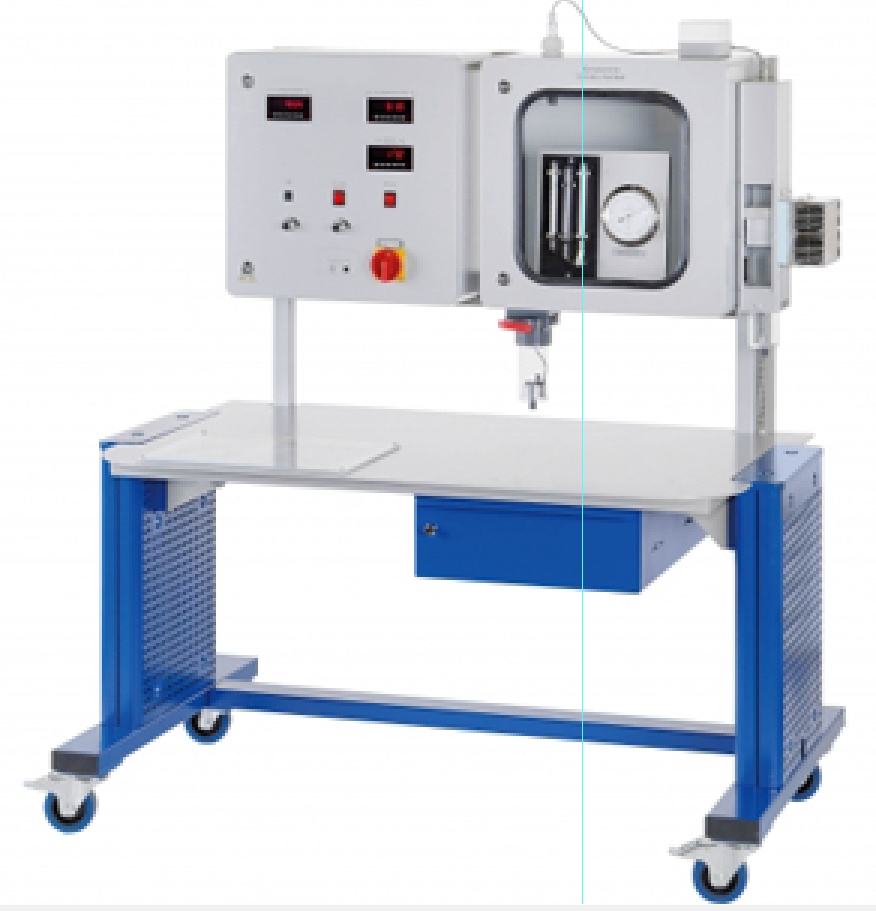






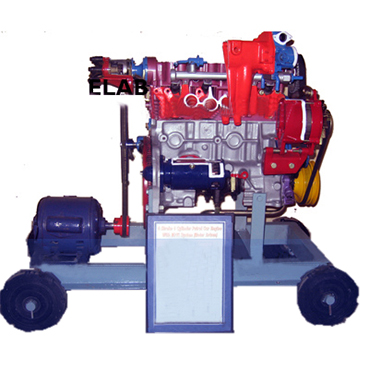

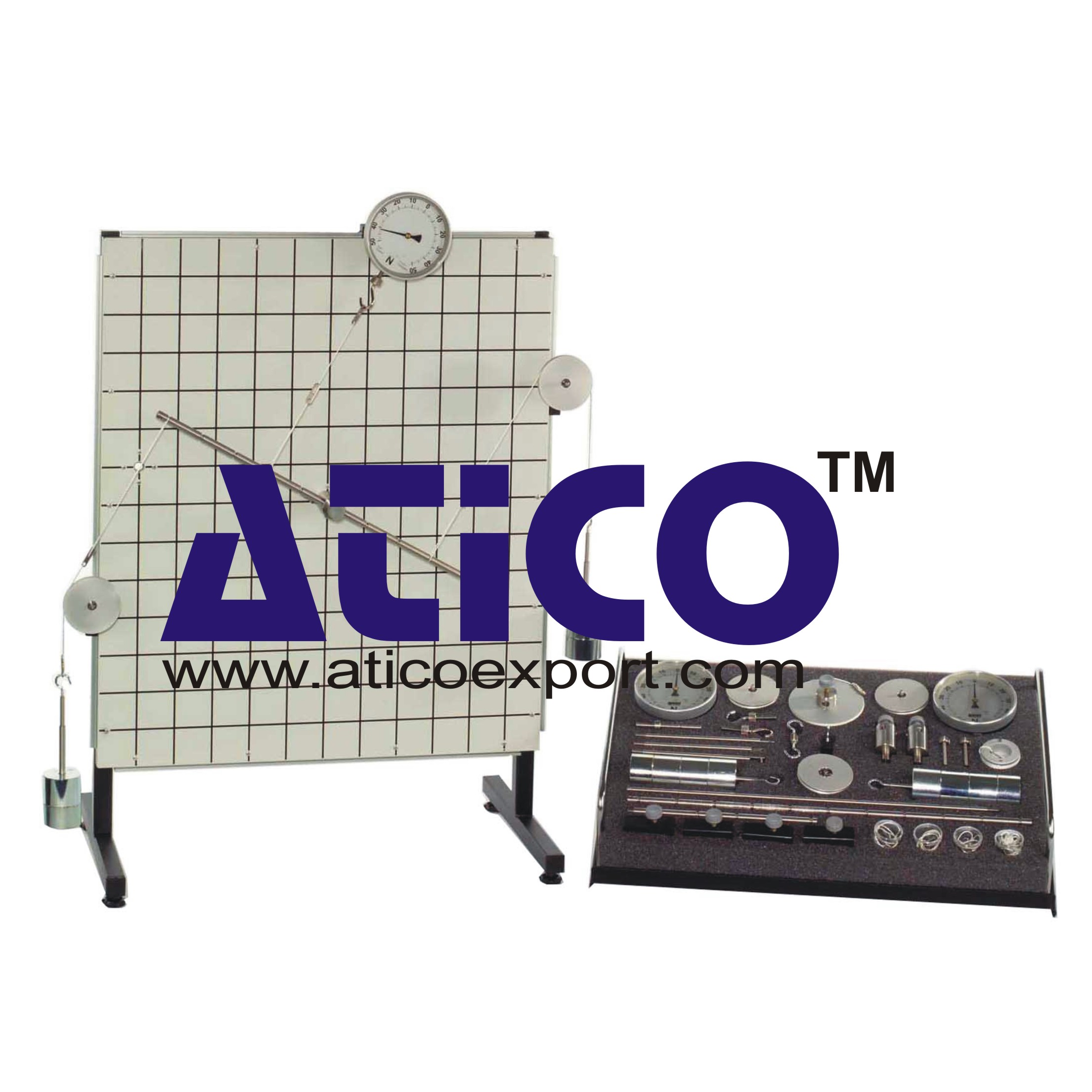

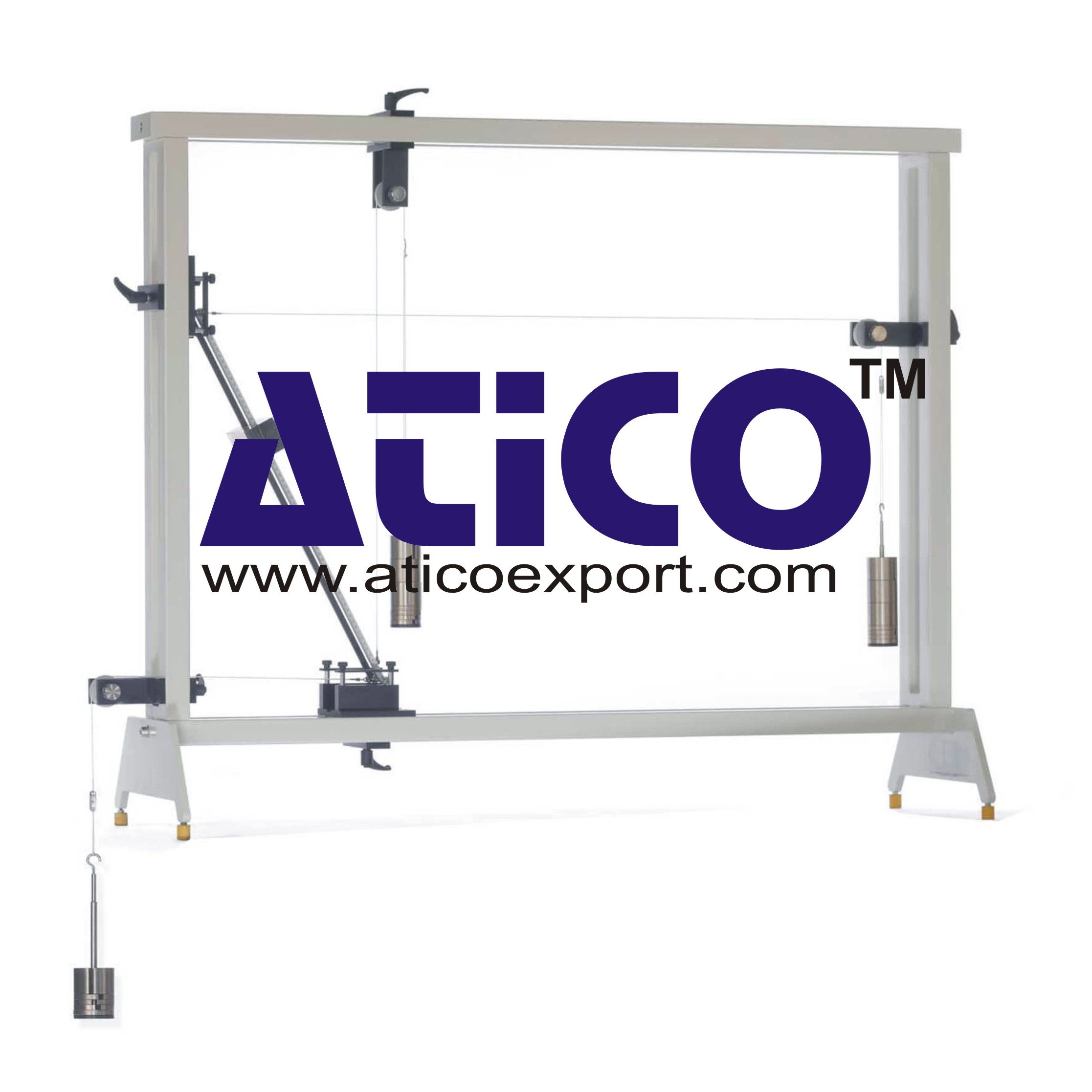
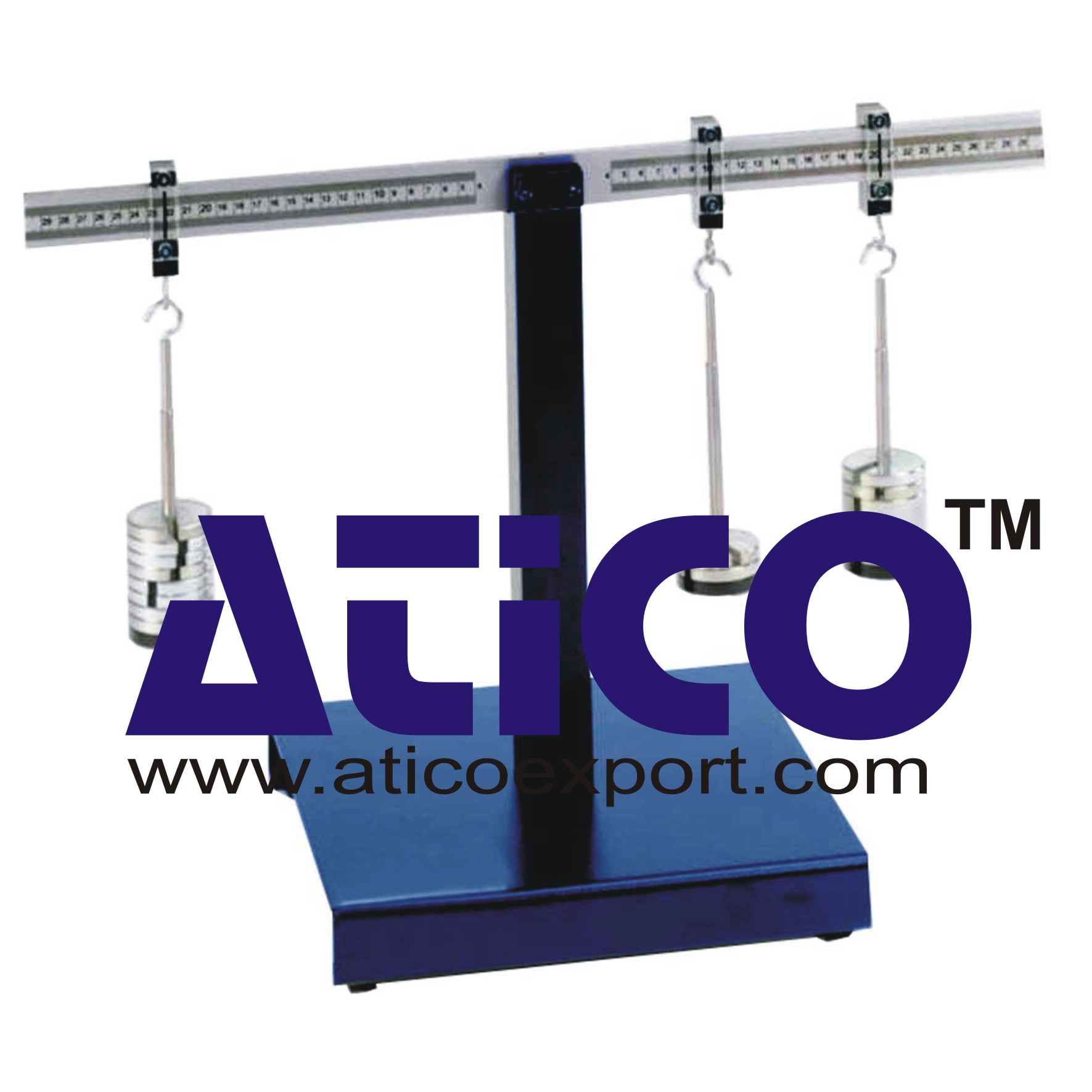
Product
Reviews
add Review
reviews
No Review Yet.